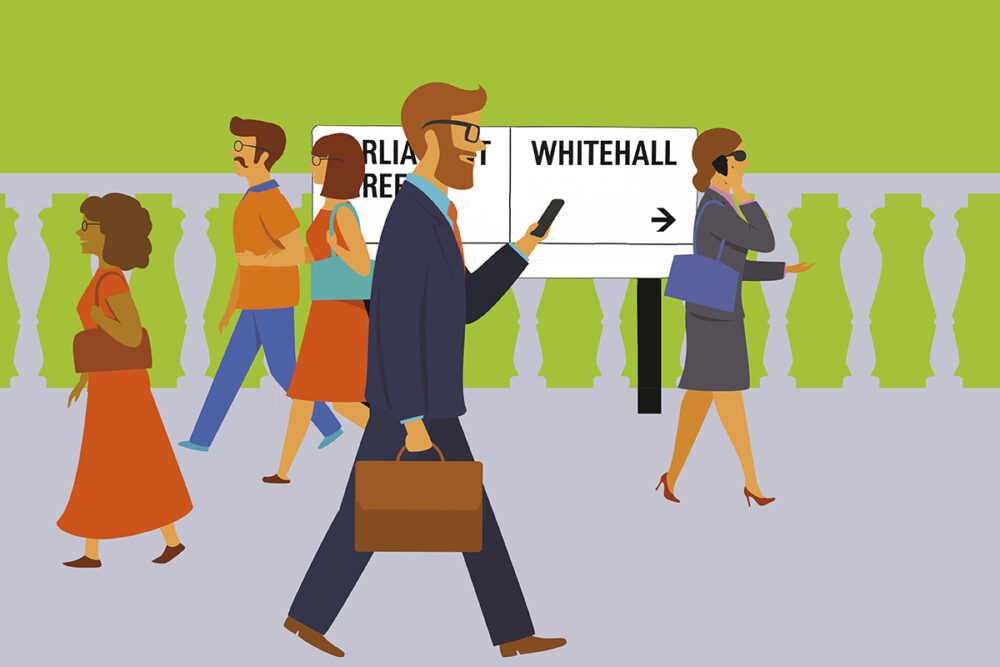Background to the report
Central government is organised into departments that plan and deliver their own objectives. Some of these objectives can be met perfectly well by individual departments acting alone. But in some instances, important government priorities such as net zero, adult social care, rough sleeping and vulnerable families cut across departments, and require them to work together, through what is known as cross-government working. In this report we draw on insights from our work to set out what effective cross-government working looks like and highlight some of the barriers.
Jump to downloadsSuccessful cross-government working (which we have defined as delivering through more than one department or arm’s-length body) can allow government to deliver outcomes more effectively and better value for money but requires concerted effort. There are many different types of cross-government working, from sharing best practice between departments to delivering complex programmes that cut across different departmental objectives.
Scope of report
This report draws on insights from our previous work to set out what effective cross-government working looks like and highlights some of the barriers. It covers the roles of Cabinet Office, HM Treasury and government departments in supporting and delivering cross-government work and recent work undertaken by HM Treasury and Cabinet Office to identify barriers to cross-government working. It also considers examples of cross-government working in other countries. The report expands on the main themes of our cross-government working guide and examines:
- setting up cross-government working;
- delivering cross-government working; and
- improving cross-government working.
We also have a separate good practice guide on this subject which will be of interest.
Downloads
- Lessons learned: Cross-government working (.pdf — 970 KB)
- Summary Lessons learned: Cross-government working (.pdf — 744 KB)
- e-pub: Lessons learned: Cross-government working (.epub — 1 MB)
Publication details
- ISBN: 978-1-78604-502-7 [Buy a hard copy of this report]
- HC: 1659

